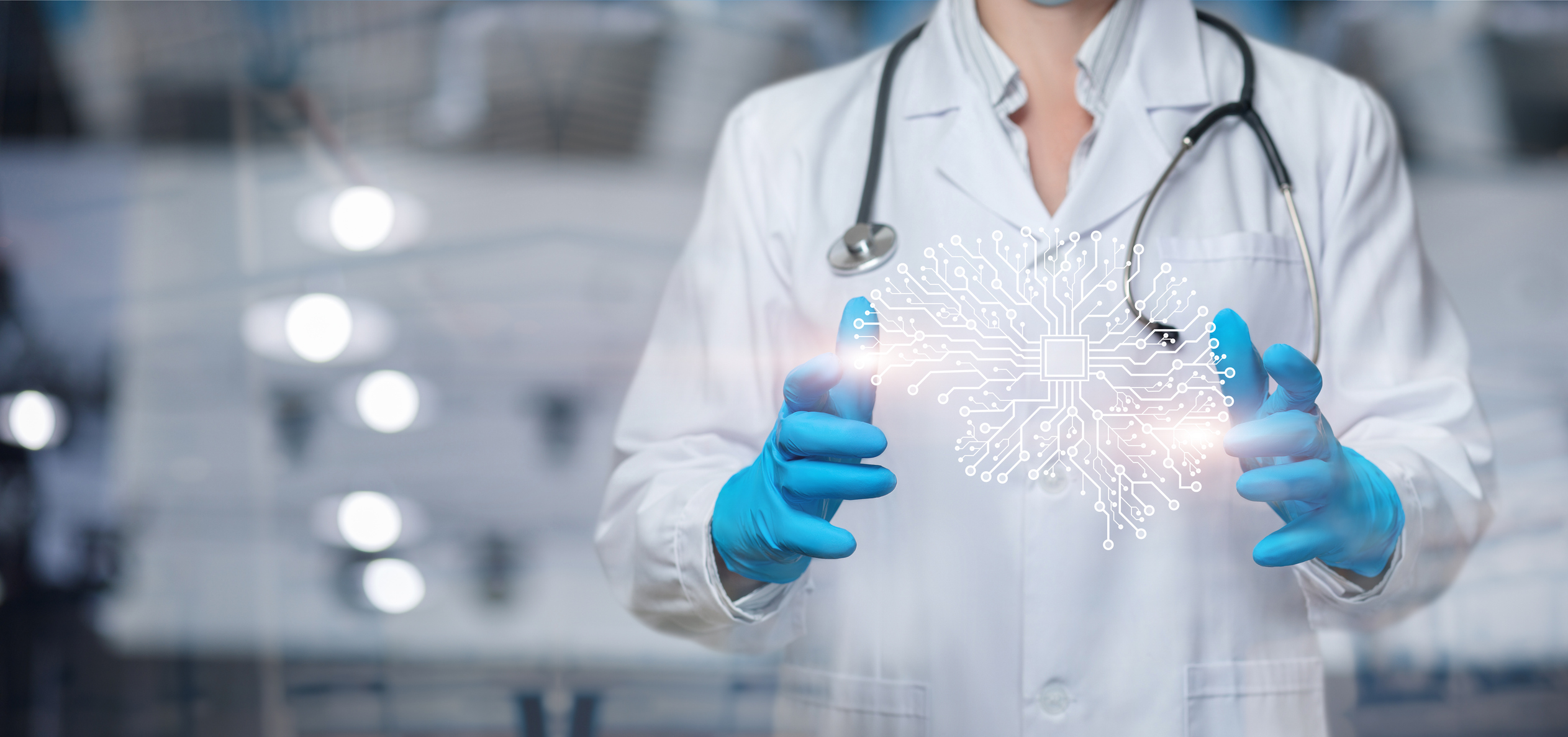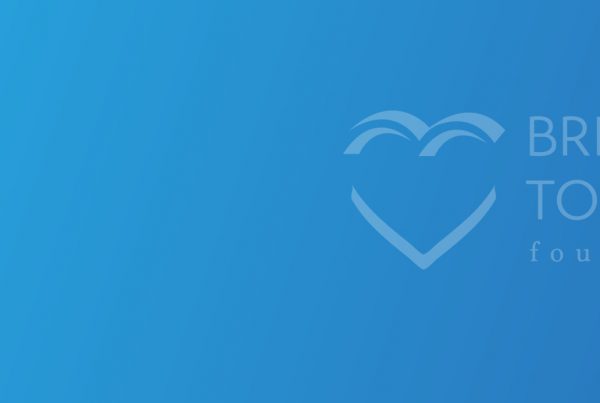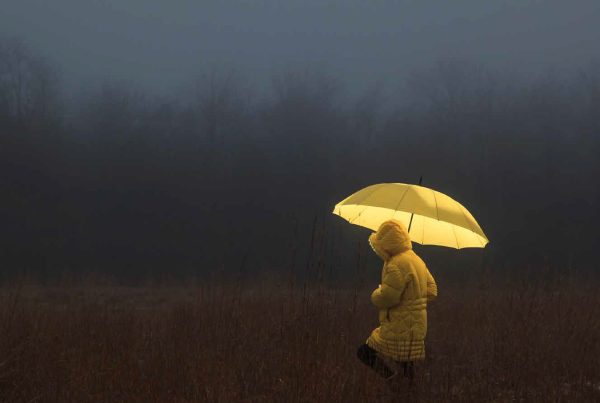Exploring the Power of Non-Toxic Treatments
September is Childhood Cancer Awareness Month, a time to spotlight the tens of thousands of children and families immersed in the devastating reality of this catastrophic disease. And, while traditional treatments like chemotherapy and radiation have increased survival chances for many forms of the disease, there are prevalent, sometimes severe, long-term health concerns that linger long after these kids grow into adulthood. Undeniably, there is a need for safer, more effective options.
Bridge To A Cure Foundation invests in developing nontoxic treatments for pediatric patients, precision medicine powered by AI discovery, and therapies that tap into the body’s systems to fight against childhood cancer.
Angiogenesis: Cutting Off Cancer’s Blood Supply
Of the many promising approaches Bridge To A Cure is funding, angiogenesis is the most exciting. Angiogenesis involves targeting the blood vessels that nourish tumors. Cancer cells are notorious for hijacking the body’s natural process of blood vessel growth to sustain themselves. By disrupting this process, researchers hope to starve tumors and prevent their spread.
Angiogenesis inhibitors are medications that block the signals that encourage blood vessel growth. These drugs can be used alone or in combination with other treatments. While still under development, early studies suggest that angiogenesis inhibitors may have fewer side effects than traditional chemotherapy, making them a more tolerable option for children.
Precision Medicine: Tailoring Treatment to the Individual
Precision medicine, also known as personalized medicine, is a revolutionary approach that aims to tailor treatments to the specific genetic makeup of a patient’s cancer. This approach recognizes that no two cancers are alike; therefore, a one-size-fits-all approach may not be optimal.
AI-powered discovery is playing a crucial role in advancing precision medicine. By analyzing vast amounts of genetic data, AI algorithms can identify unique genetic mutations associated with different types of cancer and what treatments have been shown to work best for a specific mutation. This information can help doctors select each patient’s most effective treatment options.
For example, if a specific genetic mutation drives a child’s cancer, researchers may be able to develop targeted therapies that specifically attack that mutation, minimizing damage to healthy cells. This personalized approach can improve treatment outcomes and reduce side effects.
Immunotherapy: Unleashing the Body’s Inherent Defense
Immunotherapy is another promising avenue for treating childhood cancer. This approach leverages the body’s immune system to fight cancer cells. The immune system is a complex network of cells and proteins that help protect the body from infections and diseases. Unfortunately, cancer cells can sometimes evade the immune system’s detection or even manipulate it to their advantage.
Immunotherapy aims to restore the immune system’s ability to recognize and attack cancer cells. One type of immunotherapy involves antibodies that help activate the immune system’s T-cells, specialized cells that can destroy cancer cells. Another approach involves removing immune cells from the patient’s body, modifying them in the laboratory to make them more effective against cancer, and reintroducing them back into the patient.
While immunotherapy has shown remarkable success in treating certain adult cancers, its application in childhood cancer is still being explored. However, early studies suggest immunotherapy may induce long-lasting remissions or even cures in some children.
A Brighter Future
The mountain of challenges posed by childhood cancer is indeed steep, but the development of nontoxic treatments offers hope for a brighter future. Angiogenesis, precision medicine powered by AI discovery, and immunotherapy promise to provide safer and more effective options for children faced with this devastating disease.
This latest investment by Bridge To A Cure exemplifies our commitment to collaboration, open science, and strategic partnership to end childhood cancer. With support from people like you, Bridge To A Cure drives significant progress in childhood cancer research by fostering a more united and efficient research community. Our goal of fulfilling the promise starts with accelerating the development of innovative therapies but won’t end until we secure a future where childhood cancer ceases to exist. Together, we are bridging the gap to deliver better treatments and cures.






